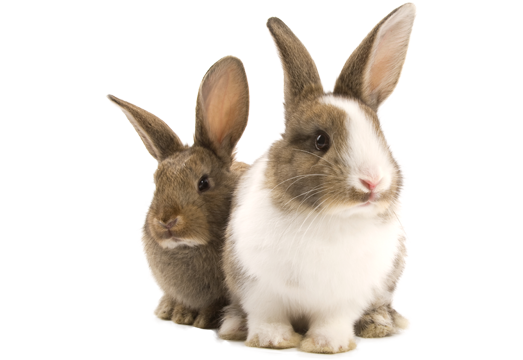Endoscopy
For most endoscopy examinations an anesthetic is necessary.

What is Endoscopy?
Endoscopy is an internal examination, which is performed by a vet with the aid of a so-called endoscope which is able to look inside the body through a flexible hose or a rigid tube. Often some tissue is removed by endoscopy (biopsy). Sometimes also a treatment can be carried out via endoscopy, such as the removal of an intestinal polyp.
Natural openings
An endoscopy may be performed through a natural orifice such as:
- The mouth and throat for examination of the voice box (larynx) and the vocal cords (laryngoscopy);
- Mouth, throat and windpipe (trachea) to examine the airways (bronchoscopy);
- The mouth to examine the esophagus (esophagoscopy) and/or the stomach if necessary a portion of the small intestine (gastroscopy / gastroduodenoscopy);
- The anus to examine the rectum (rectal), and/or of the large intestine (colonoscopy);
- The vagina for control of bleeding from the cervix (vaginoscopy);
Surgical endoscopic techniques which are performed in animals are arthroscopic surgery (keyhole surgery in a joint) and laparoscopic (keyhole surgery in the abdominal cavity).
For most endoscopy examinations an anesthetic is required. Only a vaginoscopy can be performed well in an animal without anesthesia.
